‘Unexpected Homes’: An Interview with photographer and film-maker Tatjana Henderieckx | Vietnam and Belgium
EAS contributor Vivien Ahrens in conversation with Building Bridges participant Tatjana Henderieckx takes a close look into the artist's works and the inspiration behind them..
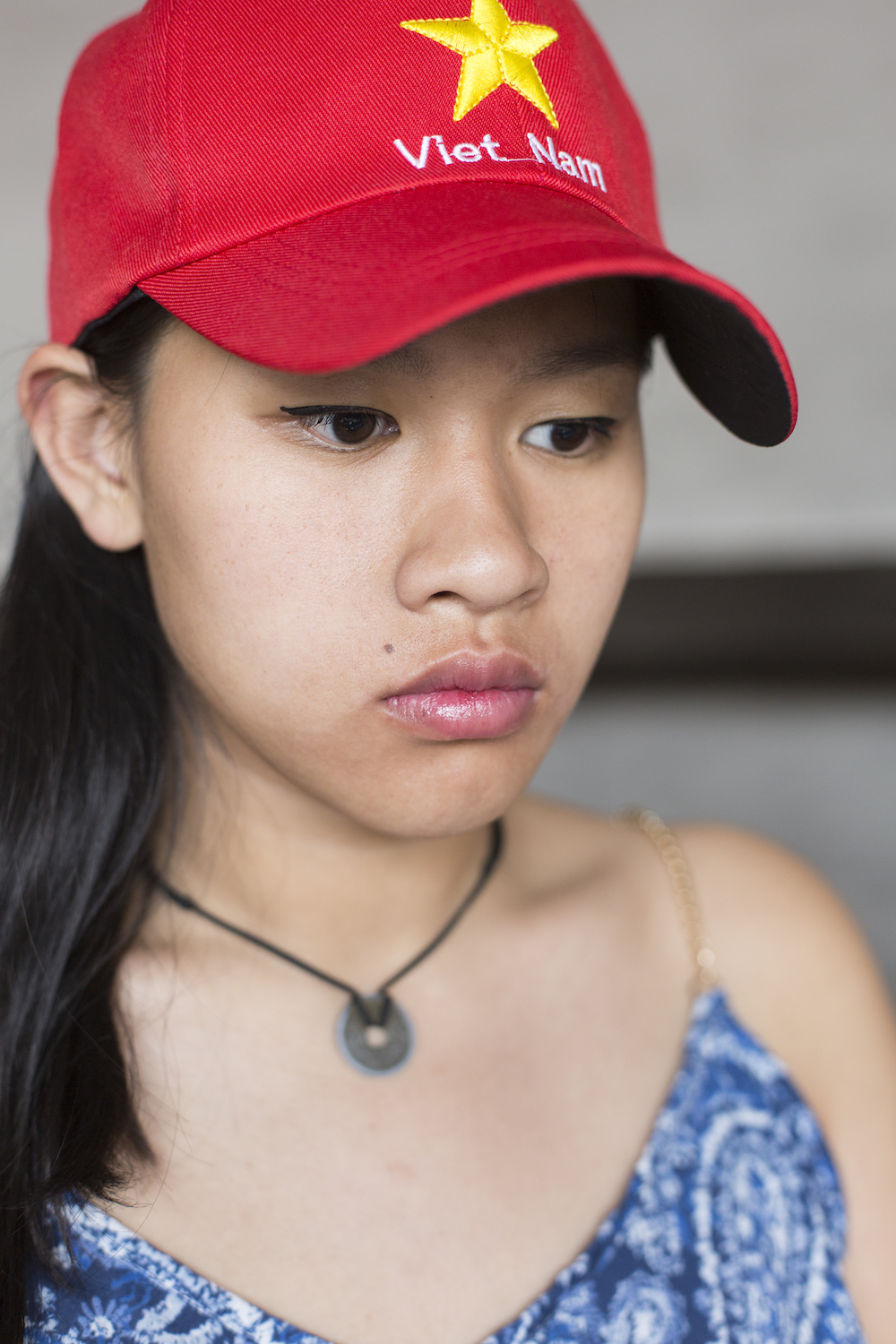
Tatjana Henderieckx is a young woman on a quest -- a search that motivates her desire of storytelling through photography and film. Driven by her personal experience of cultural stereotypes, she shows people and places that do not conform to clean-cut identity stencils. Through close-ups into everyday life between cultures, her portraits are intimate, relatable and unexpected.
“Where do I belong? And how does home feel?” Tatjana asks, herself born in Vietnam and raised in Belgium. Tatjana’s (self-) research and portraits show: the answer is never easy and goes far beyond glossy travel catalogues and sensationalist news images of other places and people.
I had the chance to skype with Tatjana, and talk about her work, experiences, motivations and plans.
__________________________________________________________________________________
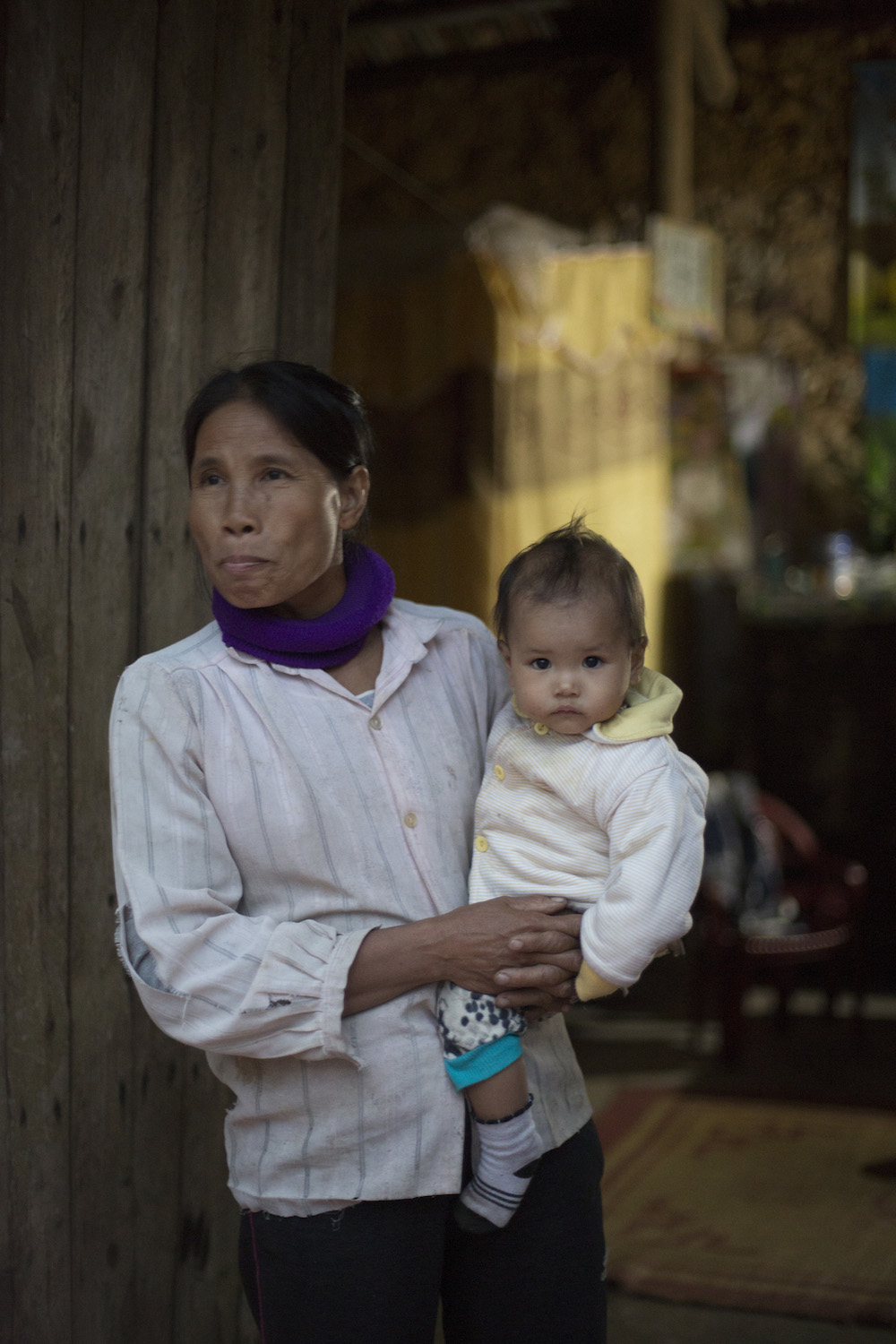
What attracted you to photography, Tatjana?
I started doing photography in high school. At 15, I went from my little town to the big city, Antwerp, to take classes. That was an eye opener for me. I really started getting interested in the diversity in Antwerp. This was at around the same time I started searching for my biological mother. I am adopted, you know. And at 16, I was struggling with my identity and questions like: Where am I from? I wanted to see my mother and my family in Vietnam.
That was when art got into me. I was like: Yeah, I want to tell my own story through photographs. I want to go to Vietnam and tell my story. From then it started. I went to art school and found my own language in photography. I had the chance to go to China as an exchange student. On the way there, I went to Vietnam to visit my family. From that moment on, my work became really personal.
How did you experience your time in China?
Coming to China was not like I had expected. I thought, oh, my roots are Asian, so I will feel more at home in China. I will feel connected with the inhabitants of Asia. And it really hit me, when I got there, that it wouldn’t be like that. It’s not that, because you are going to where your roots lie, you will feel more at home. I expected to feel more at home in Asia than I did in Belgium. But it didn’t happen. Chinese people told me I was too dark.
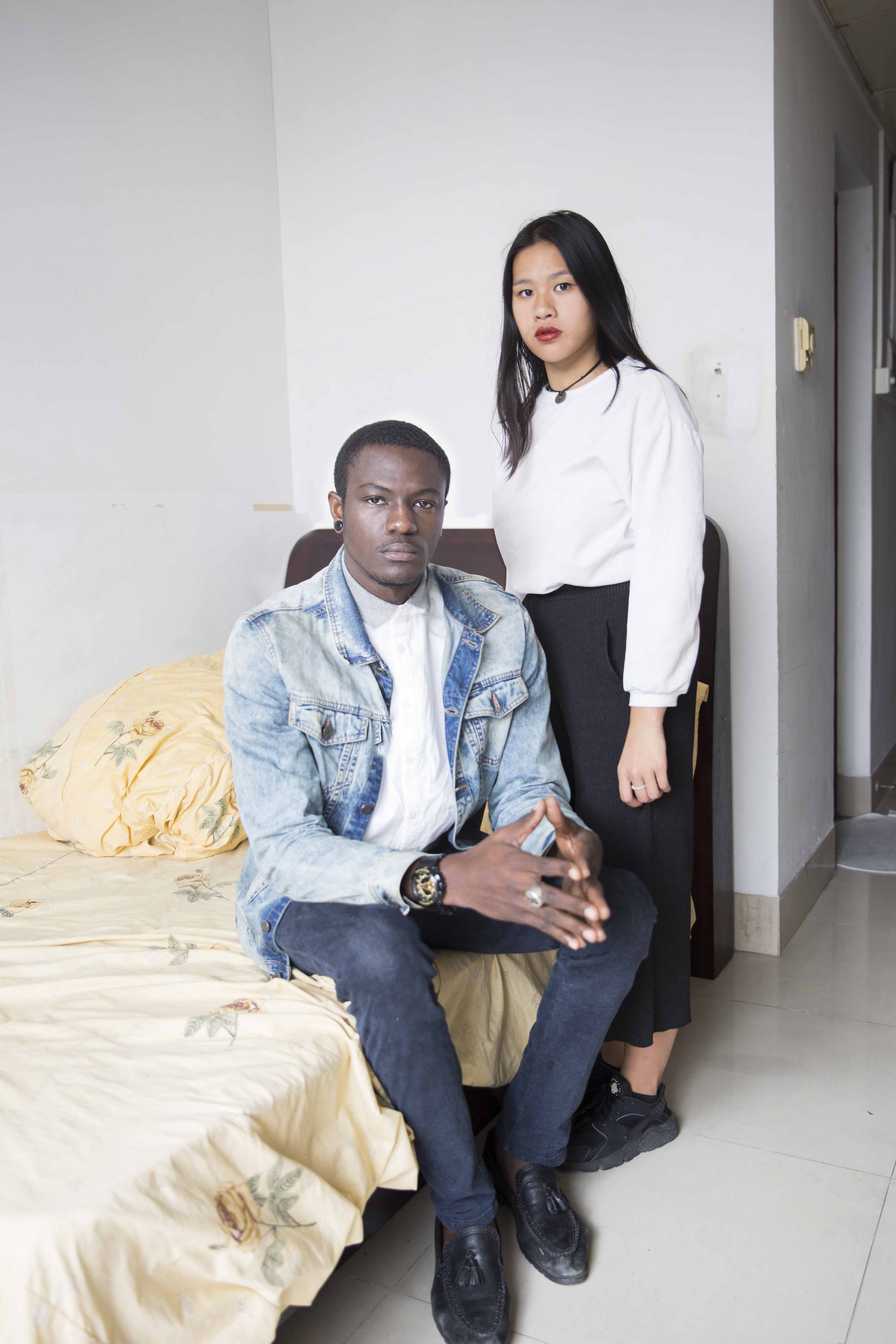
I was confronted with many stereotypical images, in China, as well as in Belgium. It was hard for me. That was the trigger for me to make my work around this feeling. Because I didn’t feel at home. And I was like: Where do I belong? I don’t belong in my own country, the place where I came from, but I also don’t belong, where I grew up. When I spoke to other people about these questions, many people didn’t understand me.
But then, in China, something very interesting happened. In Guangzhou I connected with the African community. I felt more connected with them than with any other community. It was weird, I hadn’t expected this. At the time, it felt good. I made many friends. And met my boyfriend. He’s from Ghana, living in China.
Most of the Africans in China were there for business or study. They were learning Chinese and trying to adapt on the country. They didn’t feel really accepted. I had that same feeling. I wanted to communicate that feeling through my art. I felt like I had to tell their story. It was really important to me.
So, my work in China started with my own personal story, with the feeling of not really having a home. But it also helped me connect with other peoples’ stories. Photography was really a way for me to explore the key questions: What does it feel like to be in a different country? Where do you belong? What is home?
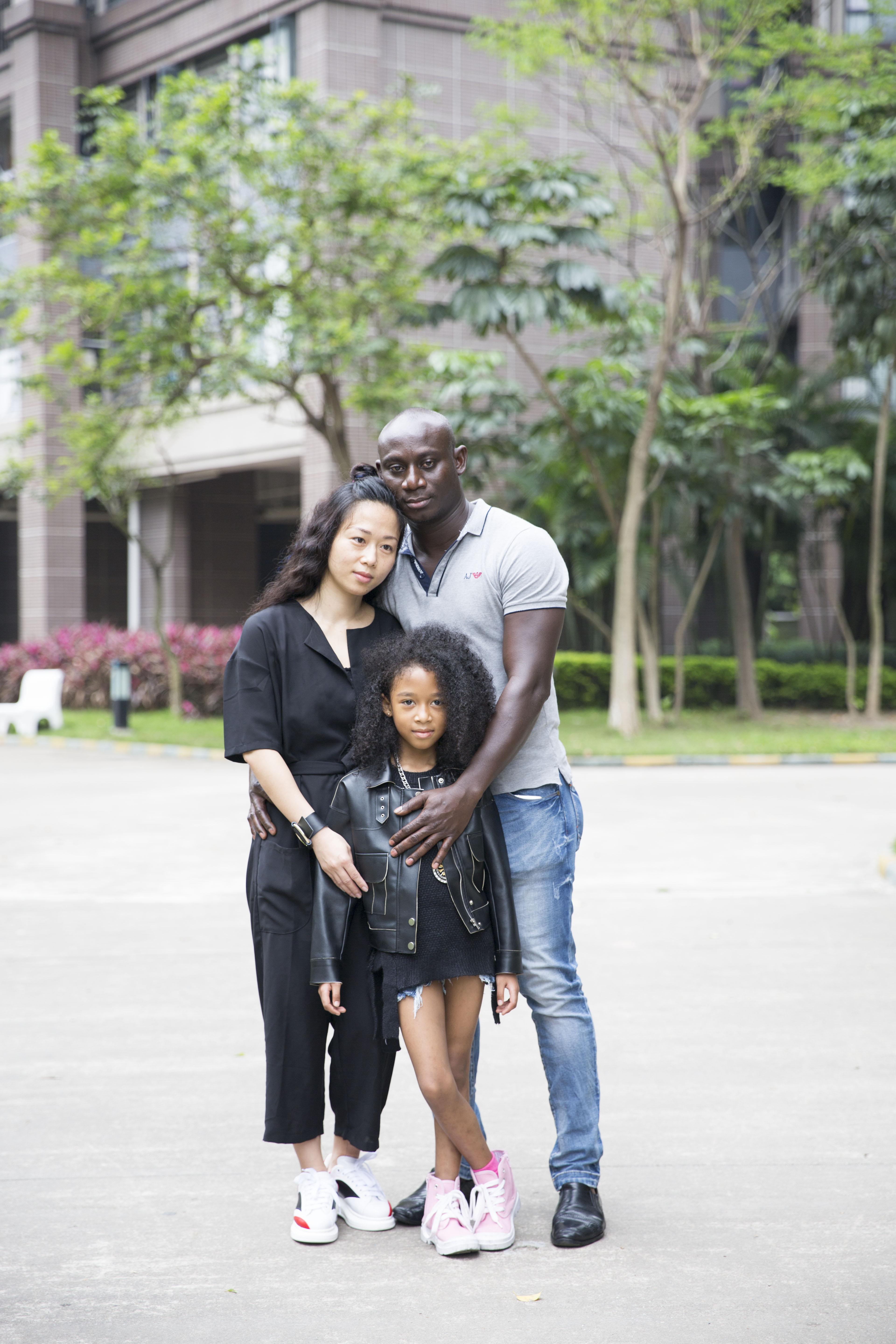
How did you meet the people in your photographs?
I would meet people on the street, and if I thought he or she was interesting, I would ask if I could come to their places. I always start by going into people’s places, so they will feel more comfortable. I ask them for a picture first. Then I ask for their story, their background. On some occasions people are confused by my interest or misunderstood my intentions. I have had some crazy experiences by going to people’s places (laughs). I met some great people, and developed very special relationships. I met beautiful interracial families. Those are like the beautiful things that come out of cultures coming together.
After finishing your Master’s in Photography, you are now doing a Master’s in Film. How did that transition from photography to film come about?
With photography, I sometimes felt like I couldn’t convey all that I was trying to say. So, when I was in South Africa, I started experimenting with moving images. I just put a camera somewhere and would let it film, a street scene for example.
A dream of mine is to one day make cultural documentaries. And for that I need to have the background and techniques. So, after graduating from photography, I decided I had to do film also. So I can tell more stories and let the people speak. Then it’s not just about me capturing a story, it’s about someone else and their involvement in the story.
You started a new project while at the EAS exhibition “Building Bridges” in India. What was this residency like? And what is your current work about?
Building Bridges was really interesting. It all started online. We had a blog on the Emergent Art Space website, for just 14 artists. Here, we talked about our work, our inspirations. And then we had to make work for the exhibition that was to take place in India. Connecting online was quite difficult at first. Mainly because of the time differences.

We had people from the USA, some from Africa, and India. And we all have our schemes. I was going to school, some people were working. But then, coming together and seeing the exhibition and all the pieces in real life was amazing. It can work, but you have to put a lot of work into it. I can only praise Ushmita, the curator, for keeping up with everyone and giving us personal feedback on our work. She managed coordinating so many people so well.
It was a great residency. Really interesting. A lot of it was about questions of home and identity. It was nice to see that I’m not the only one thinking about these topics. A lot of the work surrounding me at home is much more scientific or visual. To work with 14 artists who are working on that topic was eye opening, like “oh, I’m not alone trying to do what I am doing”.
And then, being in Delhi for the exhibition was a really refreshing experience. I felt Indians are more open about their work than we are. If I ask people in Belgium “How do you like my work?”, they say “It’s good, it’s good”. Even if they don’t like it. But sometimes you need some feedback, you need critics. If we always keep on saying to each other “it’s good, it’s good”, where will we end? In India, people I had never seen before, came up to me and told me they did not like the way I work. They were really specific. “Because this image doesn’t fit with the other one. So, we would move this and this.” First, I was surprised. But then I really appreciated it. I wish we could be more open and honest about art in Belgium.

How did the Building Bridges Project influence your current work?
My previous work was really all about me. I worked with a lot of self-portraits. So, in India, I decided to do something totally different. When I told people here in Belgium that I was going to a residency in India, I got maybe 80% negative feedback, negative comments. “India is so dirty... You will feel unsafe.” I think that’s the problem with our mentality here in Europe. We’re so judgmental. There’s so much prejudice.
I was talking to one person on the airplane. I told him what people said to me about India. He said: “Stop right here. The moment the door of this airplane opens, you have to have an open mind. Let everything come to you. You will enjoy it. But if you go with all those prejudices, of course you will see dirt.” And he was right. I saw so many beautiful things. The moment the sun shines into peoples’ faces, and they turn golden. So many things. That’s the project I’m working on: showing the beauty in India, in ways you don’t see in the Belgium media. There’s so much negative news about India.
How do you hope people react to your work? What have been some key experiences?
I want to show people images that are different from what they think. Against dominant prejudice and exoticism. We have a lot of images from tourism, and expectations about what to see and what to avoid in certain places. For me it’s really important that we try to understand each other.
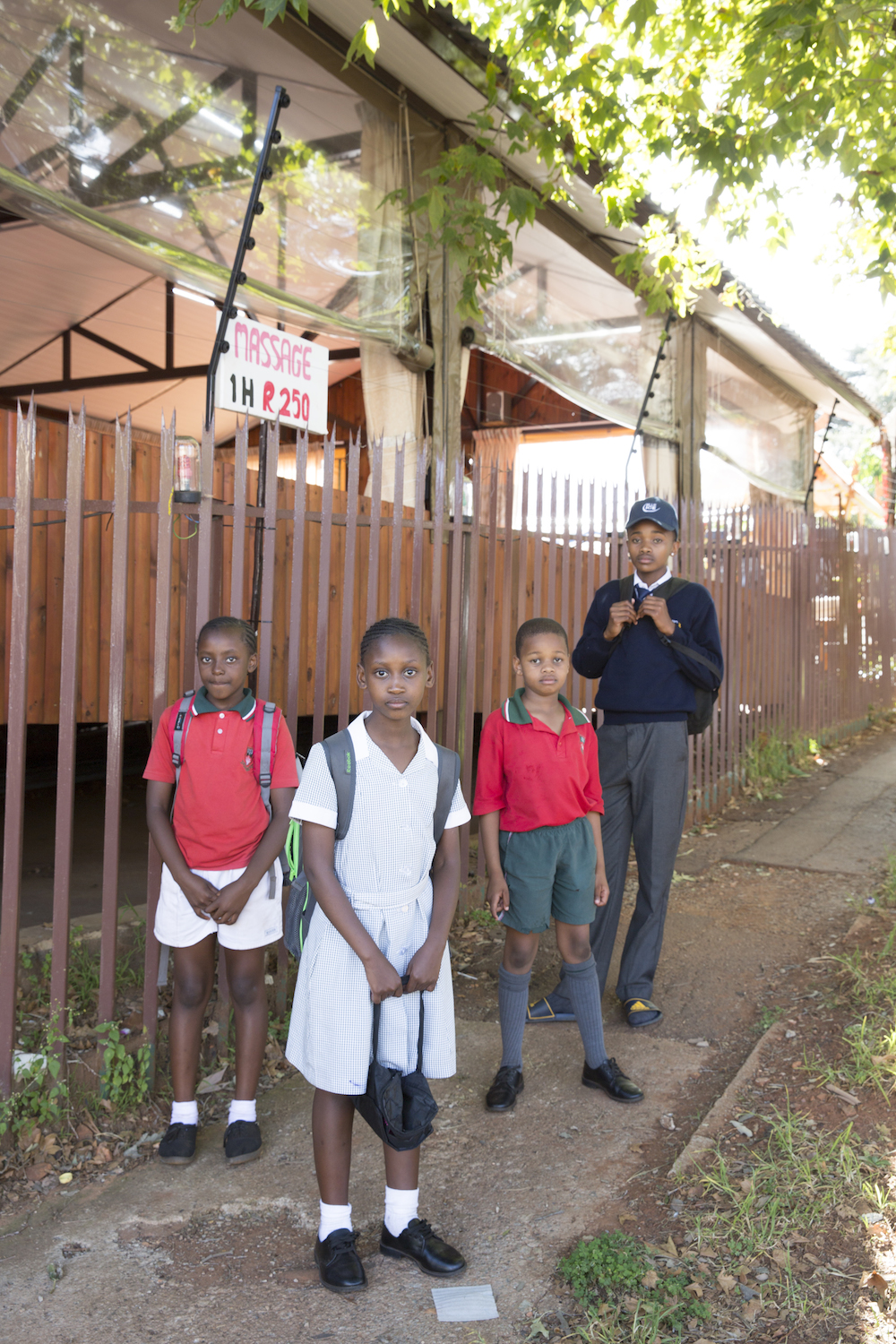
The biggest compliment for me is when people relate to my stories, to my images. When they connect with me or the people portrayed. If they see themselves in it. If people just say “you give me a different image than what I thought of the whole situation before”, then I'm satisfied.
Where do you see your work going in the future?
First of all, I see myself travelling the world. And one day, I want to make a documentary about me and my family in Vietnam, about how I went to meet them. I have been working on that project for three years now. And it’s been quite difficult. I still don't feel like I have one image I can show to anyone. So, I hope I can finish it one day. And I think that will also be the time I can give my adoption a place. And leave a lot of emotions together with the project. So, that’s my main goal.
Thank you, Tatjana, for sharing your experiences and thoughts with us. We hope to see more of your work on Emergent Art Space soon.
Dear readers, please share your views with us.
1) What do you call home? Have you lived in a different country and had similar experiences as Tatjana?
2) What are your experiences with cross-cultural images? How can we work against prejudice and stereotypes?